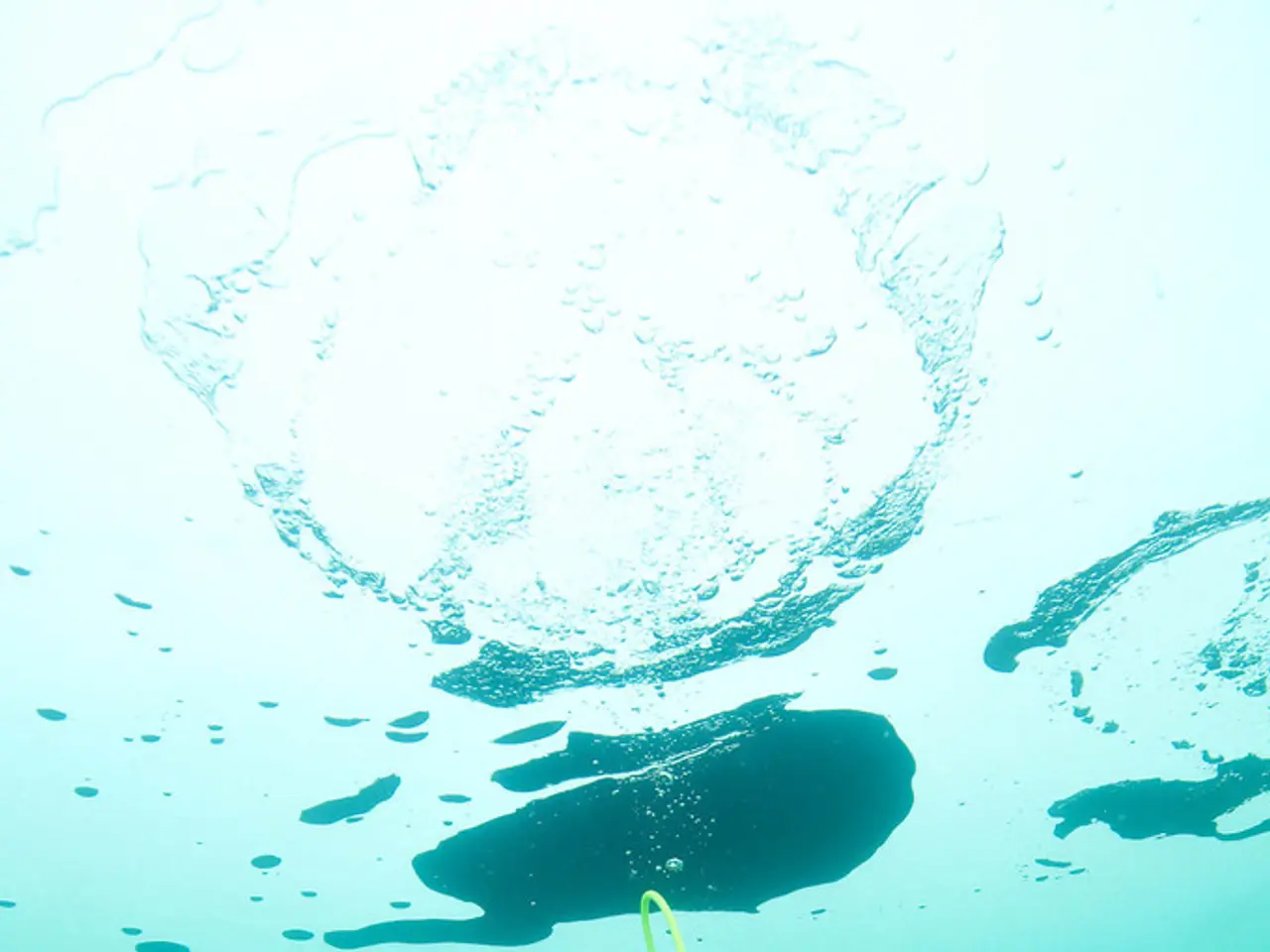Lung Overpressure Injury: Signs and Remedies
In the realm of lung injuries, pulmonary barotrauma stands as a potentially life-threatening condition. This ailment is often triggered by sudden changes in air pressure, a common occurrence in activities such as scuba diving, flying, and mechanical ventilation.
Pulmonary barotrauma causes the presence of air where it typically should not be, due to pressure changes that expand the lungs beyond their normal state. This expansion can potentially rupture tiny air sacs (alveoli) in the lungs, leading to complications such as pneumothorax (collapsed lung), pneumomediastinum (air in the chest between the lungs), subcutaneous emphysema (air in the tissue under the skin), and arterial gas embolism (air bubble trapped in a blood vessel).
Symptoms of pulmonary barotrauma can be alarming and include chest pain, difficulty breathing, coughing, wheezing, choking, voice changes, difficulty swallowing, skin that is paler than is typical, blue- or gray-tinged skin, respiratory failure, loss of consciousness, rapid heart rate, and cardiac arrest.
Emergency treatment is crucial for severe cases, as it can be fatal. Treatment may involve the insertion of a chest tube to remove excess air and allow the lung to expand. In more severe cases, a person may require oxygen therapy to help their lungs heal and relieve shortness of breath. For those who develop an arterial gas embolism, they may need treatment in a hyperbaric dive chamber with a special breathing gas mixture called heliox.
Common preventive measures for pulmonary barotrauma during scuba diving focus on avoiding lung over-expansion injuries caused by improper management of gas volume and pressure changes during ascent. These include never holding your breath during ascent, proper buoyancy control and controlled, slow ascent, use of appropriate, well-maintained diving equipment, adequate training and adherence to diving procedures, avoiding diving with pre-existing lung or respiratory conditions, and avoiding factors exacerbating risk such as smoking cessation and avoiding rapid environmental pressure changes.
A doctor diagnoses pulmonary barotrauma based on the individual's medical history, recent activities, a physical exam, and diagnostic tests. Imaging studies, such as chest radiography and CT scans, can show lung tissue damage or air pockets that have formed outside the lung. Arterial blood gas levels measure the oxygen and carbon dioxide levels in the blood, indicating how effectively the lungs function.
It's important to note that people with chronic obstructive pulmonary disease (COPD) or asthma should not dive unless cleared to do so by a doctor. Certain tests may rule out conditions that may cause similar symptoms, such as a heart attack or a pulmonary embolism. Treatment should begin within the first 6 hours to prevent worse outcomes.
In conclusion, the key principle to prevent pulmonary barotrauma is maintaining free ventilation of lungs so expanding gas during ascent can escape safely, combined with good ascent rate control, proper equipment use, and adequate diver training and health status. By adhering to these preventive measures and seeking immediate medical attention in case of symptoms, one can significantly reduce the risk of this potentially life-threatening condition.
- Public awareness about the dangers of pulmonary barotrauma and its common triggers, such as scuba diving and flying, is crucial for promoting health and wellness.
- In the realm of generic health, pulmonary medicine and anesthetics play significant roles in treating pulmonary barotrauma, a life-threatening emergency medical-condition caused by sudden pressure changes.
- Proper treatment for pulmonary barotrauma often includes therapies such as oxygen therapy, chest tube insertion, and hyperbaric oxygen therapy in cases of arterial gas embolism.
- The pulmonary system, which includes the lungs, is susceptible to respiratory conditions, such as pneumothorax and pneumomediastinum, that can result from pulmonary barotrauma.
- Prevention strategies for pulmonary barotrauma during scuba diving focus on maintaining free ventilation of lungs, proper equipment use, good ascent rate control, and adequate training and health status.
- Healthcare professionals diagnostic tools for identifying pulmonary barotrauma include medical-condition related questionnaires, physical examinations, and imaging studies like chest radiography and CT scans.
- In the science of medicine, understanding and preventing pulmonary barotrauma is essential for ensuring the wellbeing of individuals involved in activities that expose them to potential risk factors, such as scuba diving and mechanical ventilation.




